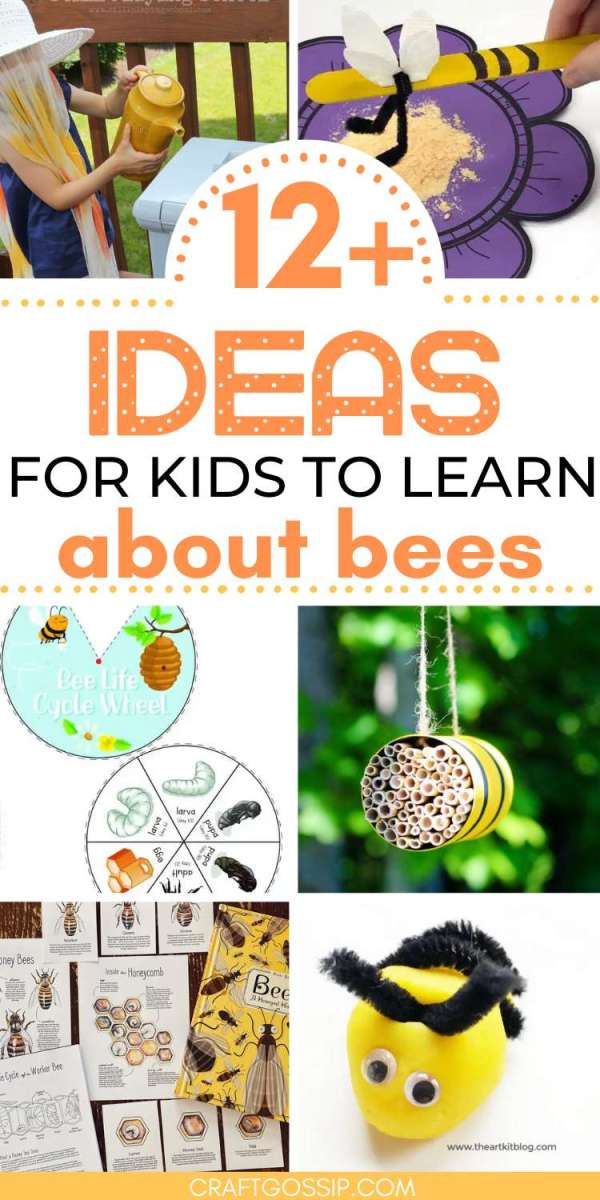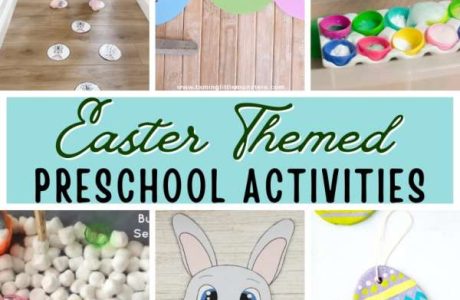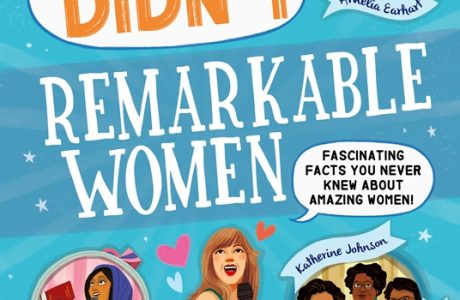 Spring in the Northern Hemisphere is a great time to talk about insects, especially pollinators, who are so important to the flowers and fruits that we all love so much. These bee learning activities and resources are great for a unit study at school or to try at home.
Spring in the Northern Hemisphere is a great time to talk about insects, especially pollinators, who are so important to the flowers and fruits that we all love so much. These bee learning activities and resources are great for a unit study at school or to try at home.
Homemade Heather has a great set of bee printables, including a life cycle wheel and lap book, parts of the bee worksheet, bee origami and more. Printables are free when you share your email address.
Or learn and label the parts of a bee with this free printable from Homeschool Preschool. Homeschool of 1 also has a great set of free bee life cycle printables.
Make play dough bees as you learn about their parts with this activity from The Art Kit Blog.
This pollinator STEM activity from Around the Kampfire is cute and fun for kids of different ages to explore. They have a printable lab sheet that’s part of a large life cycles collection at Teachers Pay Teachers, or you can just talk about what pollination is and why it’s important for plants, bees and people.
The experiments dealing with sugar and honey at Homegrown Adventures are great for older kids (and maybe homeschool or a smaller class so you don’t have to do multiples).
Use an old file box to make a pretend play beehive! Get the details from Still Playing School. Or make a real habitat for bees using a glass jar with these instructions from Natural Beach Living.
Raising up Wild Things has some lovely bee related printables in their summer journal that’s available for purchase. Learn about different kinds of bees and what goes on in the hive. (You can also buy the bee printables as a mini unit.)
The Bumblebee Garden by Dawn Casey and Stella Lim is a pretty book illustrated with watercolor and colored pencils that explores the life cycle of bees and connects it to a child’s life. For example it talks about how the strawberries they collect are only there because of the bees, or how bees keep warm and dry when it rains. It also talks about how people can help bees by planting flowers and keeping part of the yard wild in the winter so the queen bee has a safe place to be. (28 pages, published 2024 by Floris Books, suggested retail $15.31 for paperback edition)
If you want to delve deeper into the world of bees, check out What the Bees See by Craig P. Burrows. This gorgeous photo book uses ultraviolet-induced visible florescence and false-color infrared imaging to showcase flowers and the bees themselves in the way they would look to a bee. Being able to see the tiny specks of pollen literally light up flowers is really cool, and the book also talks about why we need bees, why bees like different kinds of flowers, different kinds of bees and their anatomy, how hives work, the problems facing pollinators and what the world might look like without bees, how humans use bee products and more. (192 pages, hardcover, published 2024 by Chronicle Books, suggested retail $40)
And if all that learning has you ready to get up and dance, learn the waggle dance from Science Sparks, or play a nectar race game with this idea from Jeni Utley (bee costume optional).





Leave a Reply